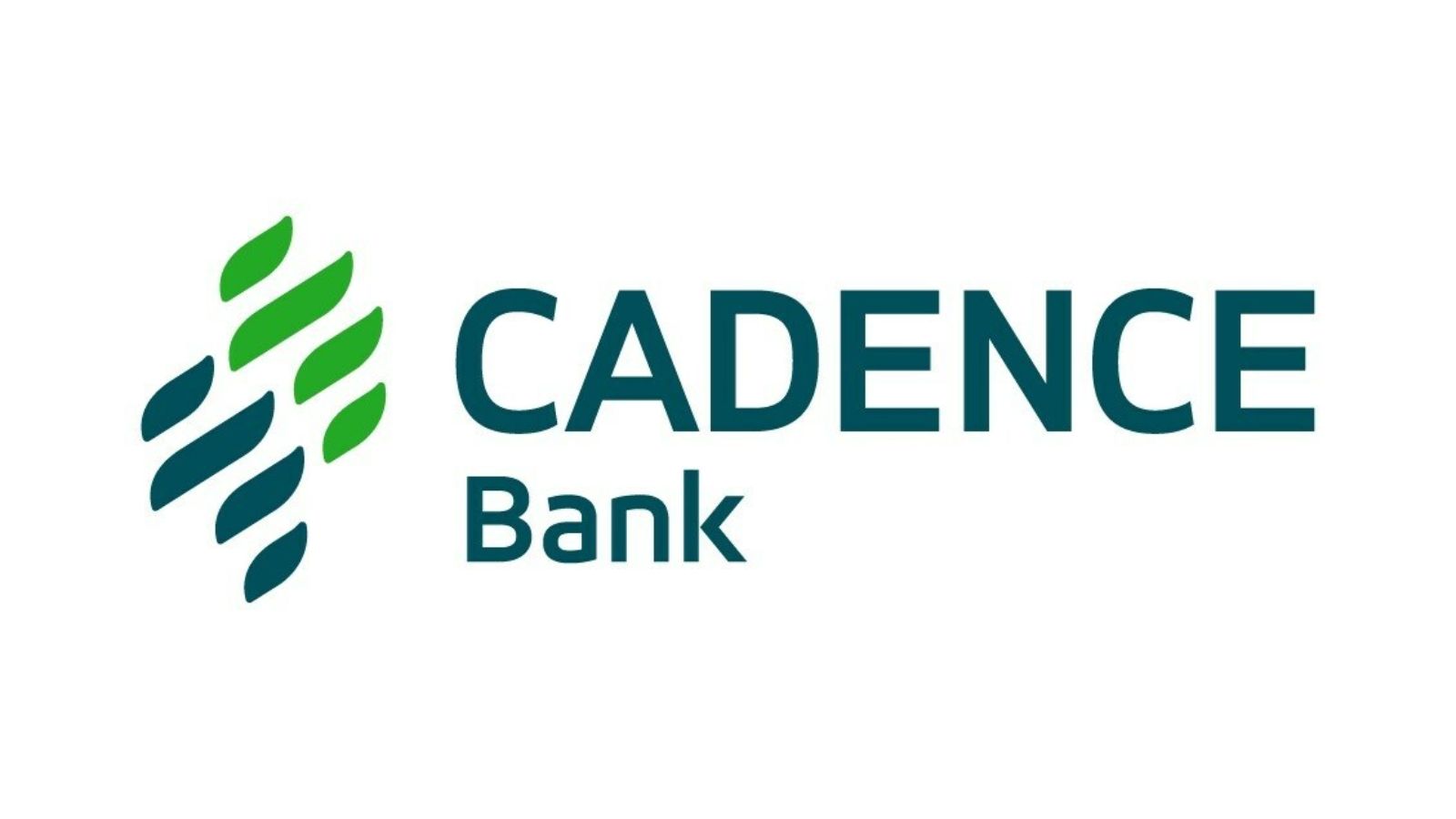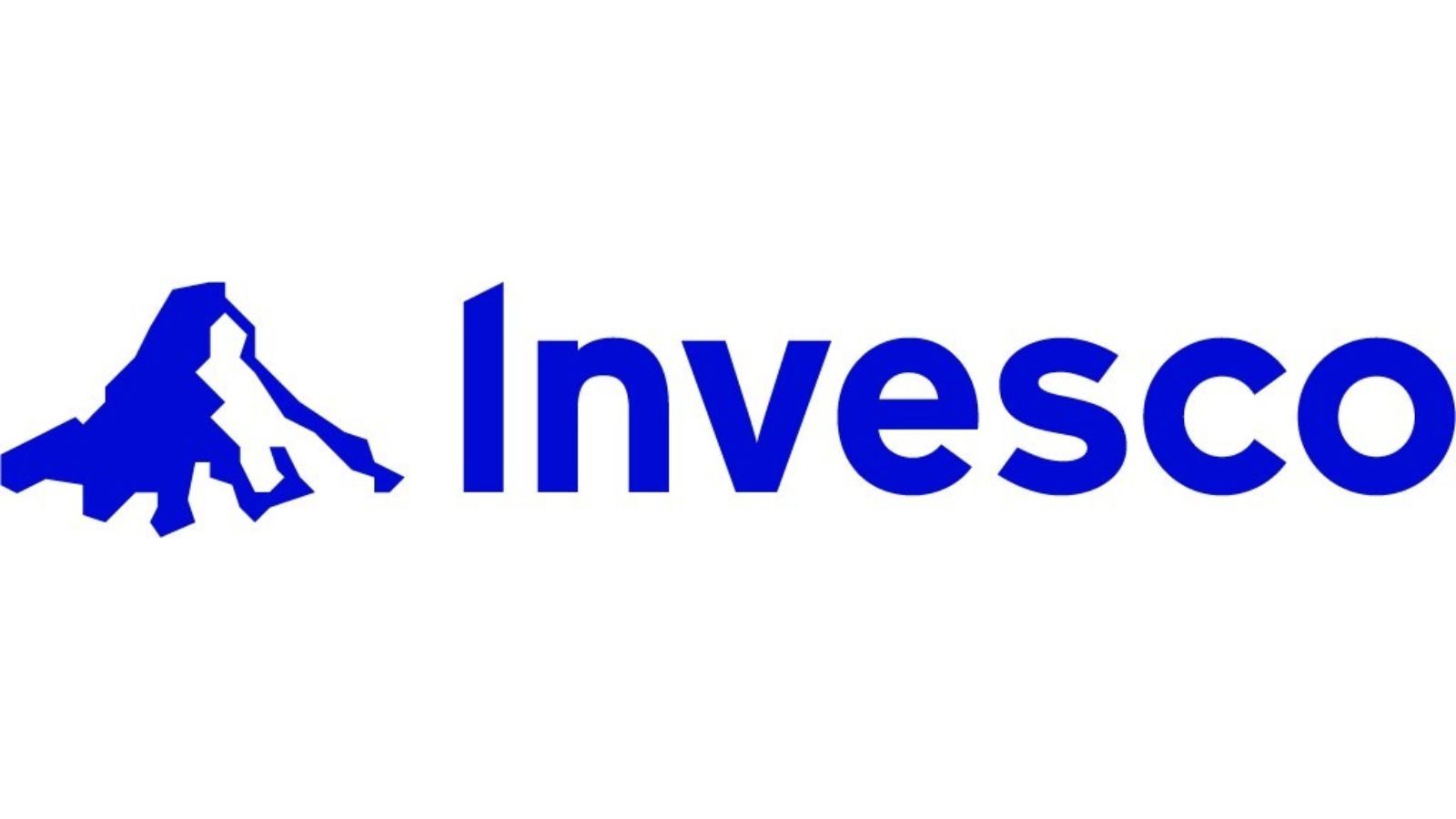The month-end close is of utmost importance to companies because it allows for accurate financial reporting at the end of each month. But this process can be pretty unpleasant and tends to be one of the more disliked tasks in the finance team, to put it lightly. After all, it usually involves a lot of manual data entry and can be prone to error. Add to that tedious, monotonous process and a mountain of receipts and invoices that need to be collected and scanned. Luckily, there’s another way!
“The month-end close is an accounting procedure that finalizes and closes out all financial activity for a business for the preceding month. This timeframe represents a well-defined period for accounting purposes. The process involves reviewing, documenting, and reconciling all financial transactions for that period.” Source
What is month-end closing?
The month-end close is a regular process at the end of each month in which a company’s financial and accounting records are reviewed and closed. During this process, revenues, expenses, profits, losses, and other financial metrics are recorded, reviewed, and prepared for reporting purposes.
The monthly financial statements allow companies to analyze their financial performance, monitor budgets, and make informed decisions for the future because they provide a clear picture of cash flow. Unlike annual financial statements, monthly financial statements are voluntary in most cases.
The Process of Demystification
- The month-end close is a time-consuming process as it goes through multiple stages & functions, which include recording financial transaction summaries from external systems, account analysis, accrual calculation, reviewing transactions for errors, and account reconciliation.
- Reviewing all the transactions for the month, and ensuring that they are accurate and applied to the correct accounts is one of the most important functions that the finance teams perform every month.
Relevance of Closure
Improved Timeliness of Financial Reporting:
Optimizing the month-end close process allows for faster and more timely financial reporting.
Timely financial information is crucial for decision-making, both internally and externally, providing stakeholders with up-to-date insights into the company’s financial health.
Reduced Costs:
Streamlining and improving the efficiency of the month-end close can lead to cost savings.
By minimizing manual efforts, reducing overtime, and eliminating unnecessary steps, organizations can operate more cost-effectively.
Fewer Manual Errors:
Automation and optimization of the close process help minimize manual errors.
This is essential for ensuring the accuracy of financial statements and preventing potential compliance issues.
A Go-to-Go Checklist
The following is a checklist to go over if you find yourself in charge of the monthly closing
Cash: Adjust for any outstanding checks or deposits until your ending cash balance matches what the bank statement says. Deposit any undeposited funds from the prior month.
Inventory and fixed assets: Properly document depreciating value and outdated/expired inventory.
Accounts payable and receivable: Look for unapplied credits or past-due balances to write off.
Notes payable with the bank: Consider amortization schedules and properly document the cost of monthly interest.
Intercompany accounts: Payables and receivables should match between both businesses. Check for prepaid expenses too.
Accrued vacation and payroll: For employee reimbursement.
Accrued taxes: Including those that apply to property, sales, and payroll.
Expenses: Including supplies and maintenance costs.
This checklist does not have to be completed in order. In fact, some tasks might be delegated to another department. Identifying task dependencies will inevitably be an additional step for larger organizations.
Streamlining the Process for Accuracy
Improved auditability:
- An optimized close process enhances the audit trail, making it easier for internal and external auditors to review and validate financial information.
- This contributes to increased transparency and compliance with regulatory requirements.
Increased Adaptability:
- An efficient month-end close process allows the finance team to be more adaptable to changes in business conditions.
- This is crucial in dynamic environments where quick adjustments may be necessary.
Enhanced Scalability:
- Scalability becomes easier when the close process is optimized.
- As businesses grow, the month-end close can adapt to increased transaction volumes and complexities without causing significant disruptions.
Improved Visibility:
- Streamlining the close process provides clearer visibility into financial data.
- Enhanced visibility allows leadership to make informed decisions based on real-time and accurate financial information.
Focus on Value-Added Activities:
- By optimizing the month-end close, accounting and finance functions can shift their focus from manual, time-consuming tasks to more value-added activities.
Tools that can help you with month-end close
Modern finance teams increasingly rely on digital tools. Nowadays, there are also quite a few suitable digital tools to support month-end closing. Here are just a few examples:
- ERP and accounting software
- Business intelligence tools
- Workflow tools
- Project management tools
- Spend management platforms
A Conclusive Analysis of Setbacks in Demystifying
Image Credits: High Radius
The month-end close process is a complicated process requiring the gathering, analysis, reconciliation, and adjustment of account balances, financial transactions, and data from various systems.
The procedure comprises a detailed review of the fiscal activity and performance for the entire month as well as corrections for accuracy in order to have confidence that the financial statements accurately reflect the financial activity for the month.
References
Xenett. (2023, April 17). 10 steps for a faster and more accurate Month-End close process. https://www.linkedin.com/pulse/10-steps-faster-accurate-month-end-close-process-xenett/
Amplify, I. (2022, August 2). Month-end close process: The essential guide. https://www.linkedin.com/pulse/month-end-close-process-essential-guide-intent-amplify-1f/








Leave a Reply